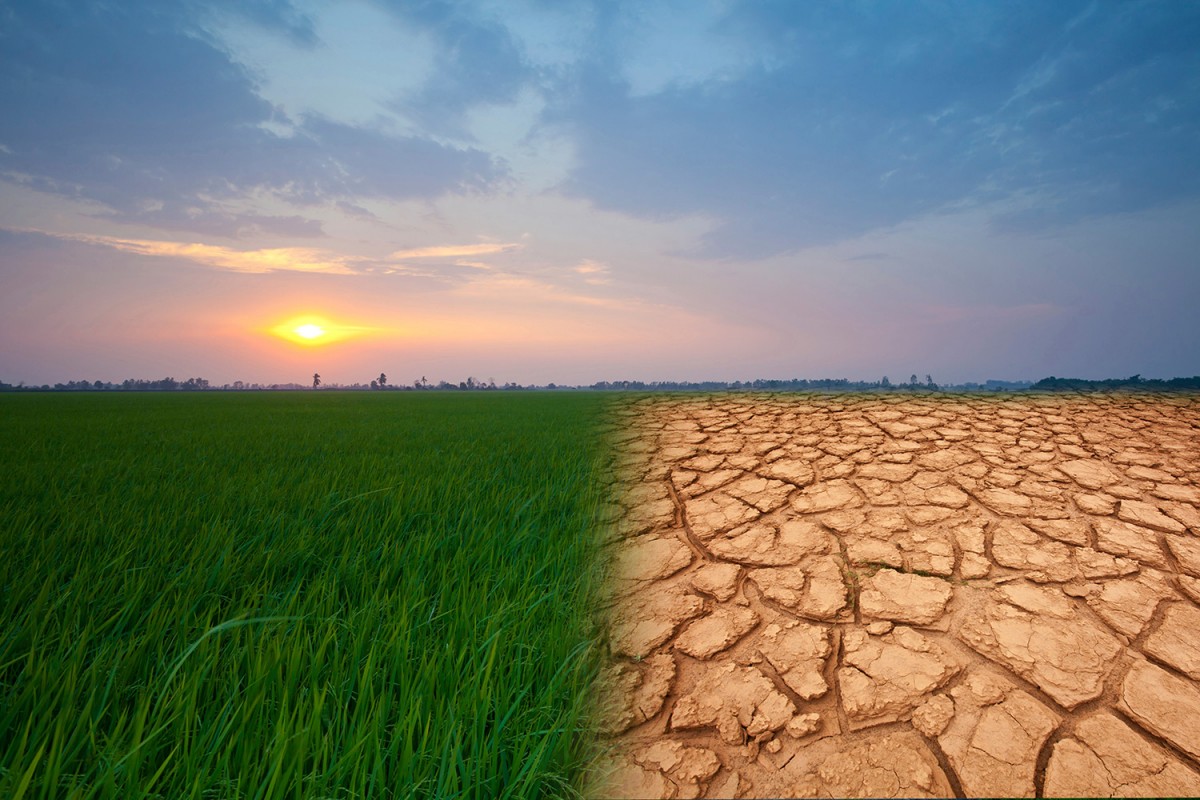 Thirsty plants. Overheated land. Devastating droughts. The modern world. Enter the Meghalayan Age!
Thirsty plants. Overheated land. Devastating droughts. The modern world. Enter the Meghalayan Age!
Throughout the course of history, geologists have categorized time into chunks – distinct categories to classify the earth’s history.
Up until now, scientists have referred to us as being in the Holocene epoch that began with the end of the Ice Age.
As our earth entered a warming period, animals such as the mammoth and woolly rhinoceros disappeared, and humans learned to hunt smaller animals and rely on plants for their diet.
Recently, the International Union of Geological Sciences (IUGS) announced that it is breaking up the Holocene epoch further into three ages. The current age that we are in is called the Meghalayan Age which started around 4,250 years ago. Two other ages that were named were the Greenlandian (11,700 years to 8,326 years ago) and the Northgrippian (8,326 years to 4,250 years ago).
What Are Geologic Timelines?
Through techniques like carbon dating, we know that our Earth is around 4.6 billion years old. Over time, there have been many large changes in nature. These were driven by factors such as climate, tectonic plate movements, the spread of prehistoric life, the evolution of plants, and more.
How do we know this? The Earth’s crust is made of layers of sediments and rocks, with newer layers appearing above the older layers. Each layer is a treasure trove of information about the time span when they were formed -- since they captured particles from the air and ground, be it fossils or bio-chemicals like hydrocarbons. When researchers such as geologists or archeologists analyze those layers, we get a lot of details about that time such as the composition of the atmosphere, different species of life, and more.
These phases of time have been named eon, era, period, epoch, and ages, in order of broadest classification to the smallest. An eon is the largest measure of roughly half a billion years, and is divided into eras. Each era is a few hundred million years, divided into periods, and so forth. An epoch refers to tens of millions of years.
A New Age
The start of the Meghalayan Age is defined by devastating droughts that destroyed civilizations in Egypt, Greece, Syria, Palestine, Mesopotamia, the Indus Valley, and the Yangtze River Valley, according to the BBC.
This global climactic event was kickstarted by changes in atmospheric patterns and ocean currents and lasted for nearly 200 years. Researchers in the state of Meghalaya, India, discovered stalagmites growing on the ground in a cave. In analyzing the rock, they found a distinct signature in the oxygen isotope (oxygen molecule with a different number of neutrons) and concluded that the rock represented a time when the monsoons were decreasing.
The idea of the Meghalayan Age was first brought up in a scientific journal six years ago. However, this recent decision by the IUGS has sparked controversy among some scientists. Usually, the start of these time periods is characterized by large geologic events (like the extinction of dinosaurs), but this new classification is considered more of a global cultural event.
However, for now, there is no disputing we are in the middle of a brand new Meghalayan Age!
Sources: Smithsonian, BBC, First Post, LiveScience, Wikipedia, Geology.com







